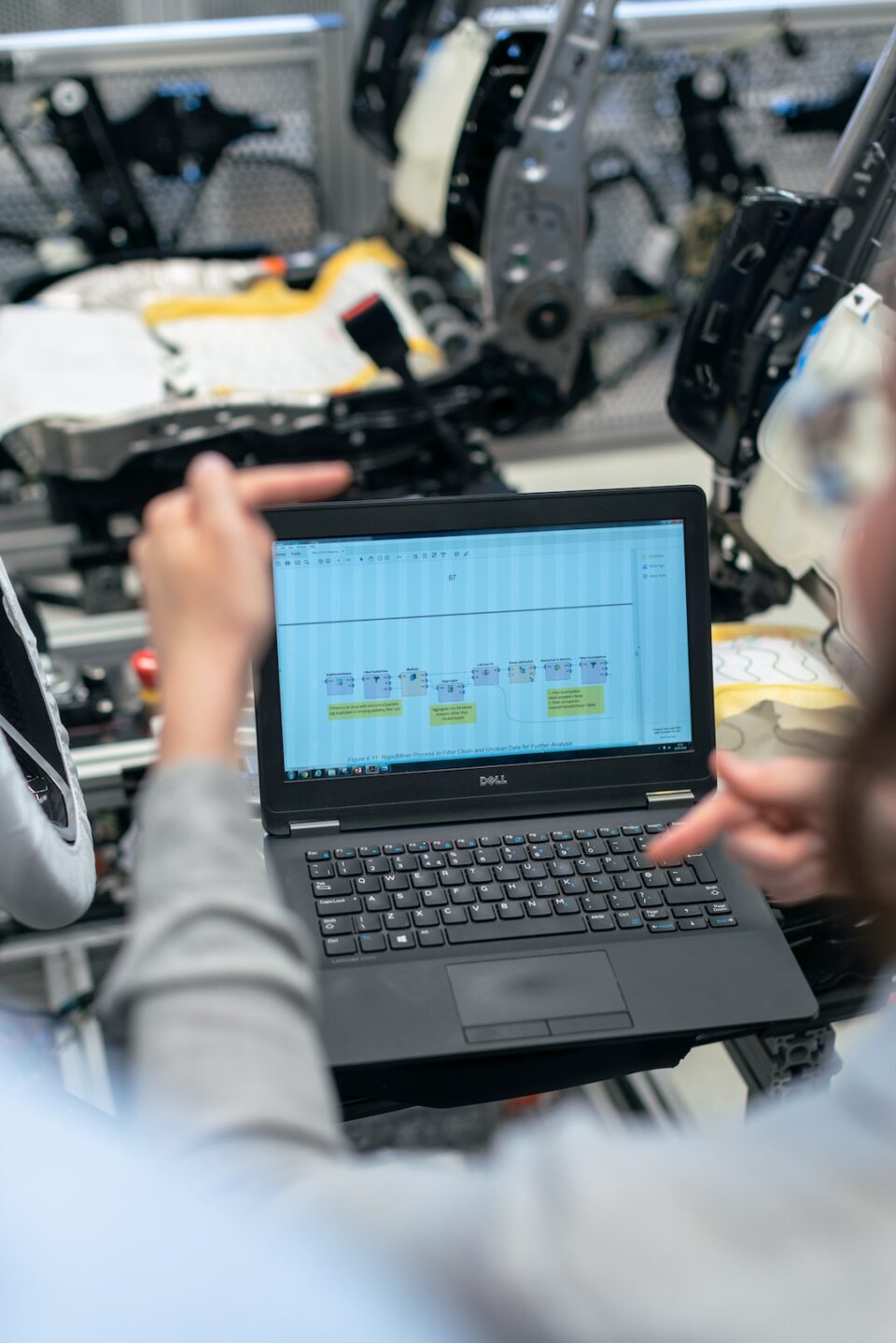Space technology involves the development of spacecraft and their functions, satellites, and systems that enable exploration, understanding, and utilization of space. It all started with the Soviet Union launching the first artificial satellite, Sputnik in 1957. Since then, humans have made significant progress in space technology and engineering. The engineering behind space technology is crucial as space exploration is a complicated task that requires precision, accuracy, and reliability.
For instance, space exploration requires high-end propulsion systems to reach orbit, maneuver the spacecraft, and maintain a stable orbit. A spacecraft’s propulsion system is essential to enable it to change velocity and direction and overcome gravitational forces. The technology used in a spacecraft’s propulsion system is based on the laws of physics, and several engineering techniques employ these laws to increase the effectiveness of the system. The technology used to propel spacecraft mostly relies on chemical, electrical, or nuclear energy sources.
Another essential aspect of space technology is communication systems. Over the years, several advancements have been made in space communication systems, which enable operators to communicate with spacecraft in deep space effectively. This communication is essential as it allows humans to control and get data from space probes, satellites, and rovers.
The engineering behind space technology also focuses on the development of advanced materials that can withstand the harsh space environment. The space environment is characterized by extreme temperatures, cosmic rays, and radiation, which can damage the spacecraft’s outer layer. Thus, material engineers have developed advanced materials that can withstand these harsh conditions.
Furthermore, space technology involves the development of navigation systems that can guide spacecraft across the vast space. Navigation systems used in space technology have to be highly precise and accurate since the slightest error in the course can lead to significant miscalculations. Engineers use several techniques such as gyroscopes, accelerometers, and star tracking to increase the accuracy of spacecraft navigation.
Space technology also involves the development of telescopes that enable us to explore the universe beyond our solar system. The development of telescopes involves engineers creating lenses that can accurately capture and magnify the light from distant objects. Over the years, advancements in technology have enabled us to observe objects in space in more detail, leading to significant discoveries such as exoplanets and dark matter.
Lastly, the engineering behind space technology focuses on the development of payloads that can be carried by spacecraft to undertake scientific missions. Payloads can include scientific instruments such as spectrometers, magnetometers, and cameras. The development of payloads requires a multidisciplinary approach, including electrical, mechanical, and software engineers to ensure that the payload meets the scientific mission’s objectives.
In conclusion, space technology and the engineering behind it are incredibly crucial aspects of human exploration of space. Engineers employ several techniques and technologies to ensure the reliability, efficiency, and effectiveness of space systems. The advancements made in space technology have led to significant discoveries and advancements in other fields such as medicine, materials engineering, and telecommunications. Space technology is poised to become a more vital industry in the coming years as more space missions are being planned to explore Mars, asteroids, and other celestial objects.

